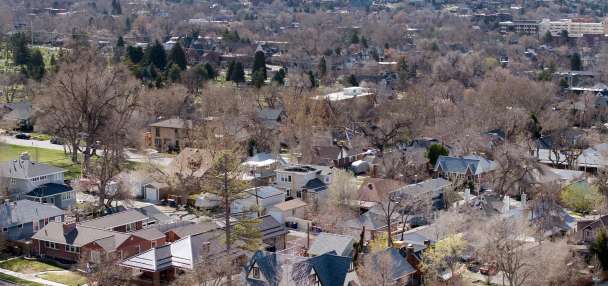Estimated read time: 2-3 minutes
This archived news story is available only for your personal, non-commercial use. Information in the story may be outdated or superseded by additional information. Reading or replaying the story in its archived form does not constitute a republication of the story.
SALT LAKE CITY — It's been nearly a year since Salt Lake City created bus Route 1. The Utah Transit Authority bus route has become one of the capitol city's busiest routes, not only for university students but also for anyone trying to get from the west to the east end of the valley.
"It could take you an hour and a half just to get basically downtown because you would have to transfer, not every route was as frequent," said Julianne Sabula, Salt Lake City deputy director of transportation.
Before Route 1 in Salt Lake City was created, if a person was trying to get to downtown or the University of Utah from the west side of the valley using public transit, you had to pack your patience.
"We kind of went out on a limb, as a city, in funding this route because it's hard to know if it's going to be successful," Sabula said. "But turns out if you build it, they'll come."
Now, Route 1 — a bus line that runs seven days a week, every 15 minutes, from Redwood Road to the U. — is one of the city's most popular routes.
"For us, it was really important to analyze and prioritize our projects on the basis of a lot of things, including zero-car households," Sabula said. "We find more of these on the west side of the city, and kind of central city, and really we wanted to have more of a direct connection."
A direct connection that a lot of college students and downtown workers are taking advantage of. While the route has seen success in the past year, there is more to shorten commute times between both sides of the valley.
"We have a barrier, the freeway and the railroad tracks, and that's significant," Sabula said. "Transit can't be reliable if it has to wait for a train."
Because of the great success that the city has seen from routes like this one, they plan to look at more routes in the coming years that will provide better transportation to and from the east and west sides of the valley.










